Ceramic fireplace inserts have gained popularity for their efficiency, aesthetic appeal, and ability to transform an existing fireplace into a more functional and attractive heating source. Today we will discuss everything you need to know about ceramic fireplace inserts, including their benefits, types, installation process, maintenance, and common mistakes to avoid.

Understanding Ceramic Fireplace Inserts
What Are Ceramic Fireplace Inserts?
Ceramic fireplace inserts are prefabricated units made primarily of ceramic materials, designed to be installed into an existing fireplace. They function as an efficient heating solution by enhancing the performance of the fireplace while maintaining the aesthetic appeal of the space. These inserts are commonly used to upgrade traditional open fireplaces, which are often inefficient and lose a significant amount of heat through the chimney.
Benefits of Ceramic Fireplace Inserts
Efficiency
One of the primary benefits of ceramic fireplace inserts is their efficiency. Traditional open fireplaces can lose up to 90% of the heat they produce through the chimney. Ceramic inserts, on the other hand, are designed to maximize heat output while minimizing heat loss. They achieve this through advanced combustion technology and efficient heat distribution.
Aesthetic Appeal
Ceramic fireplace inserts are available in various designs, styles, and finishes, allowing homeowners to choose a unit that complements their interior decor. The ceramic material can be molded into different shapes and patterns, providing a versatile and attractive solution for any home. Additionally, the ceramic surface can be painted or glazed to match the existing color scheme of the room.

Durability
Ceramic materials are known for their durability and heat resistance. Fireplace inserts made from ceramic can withstand high temperatures without cracking or degrading, ensuring a long lifespan. This durability makes ceramic inserts a cost-effective investment, as they require less frequent replacement compared to other materials.
Environmental Benefits
Ceramic fireplace inserts are designed to burn fuel more efficiently, resulting in lower emissions of pollutants and greenhouse gases. This makes them a more environmentally friendly option compared to traditional open fireplaces. Additionally, some ceramic inserts are compatible with renewable fuel sources such as pellets or bioethanol, further reducing their environmental impact.
Safety
Ceramic fireplace inserts are safer than traditional open fireplaces because they are enclosed units. This containment reduces the risk of sparks and embers escaping into the living space, thereby minimizing the chance of accidental fires. Additionally, many ceramic inserts are equipped with safety features such as temperature controls and automatic shut-off systems.
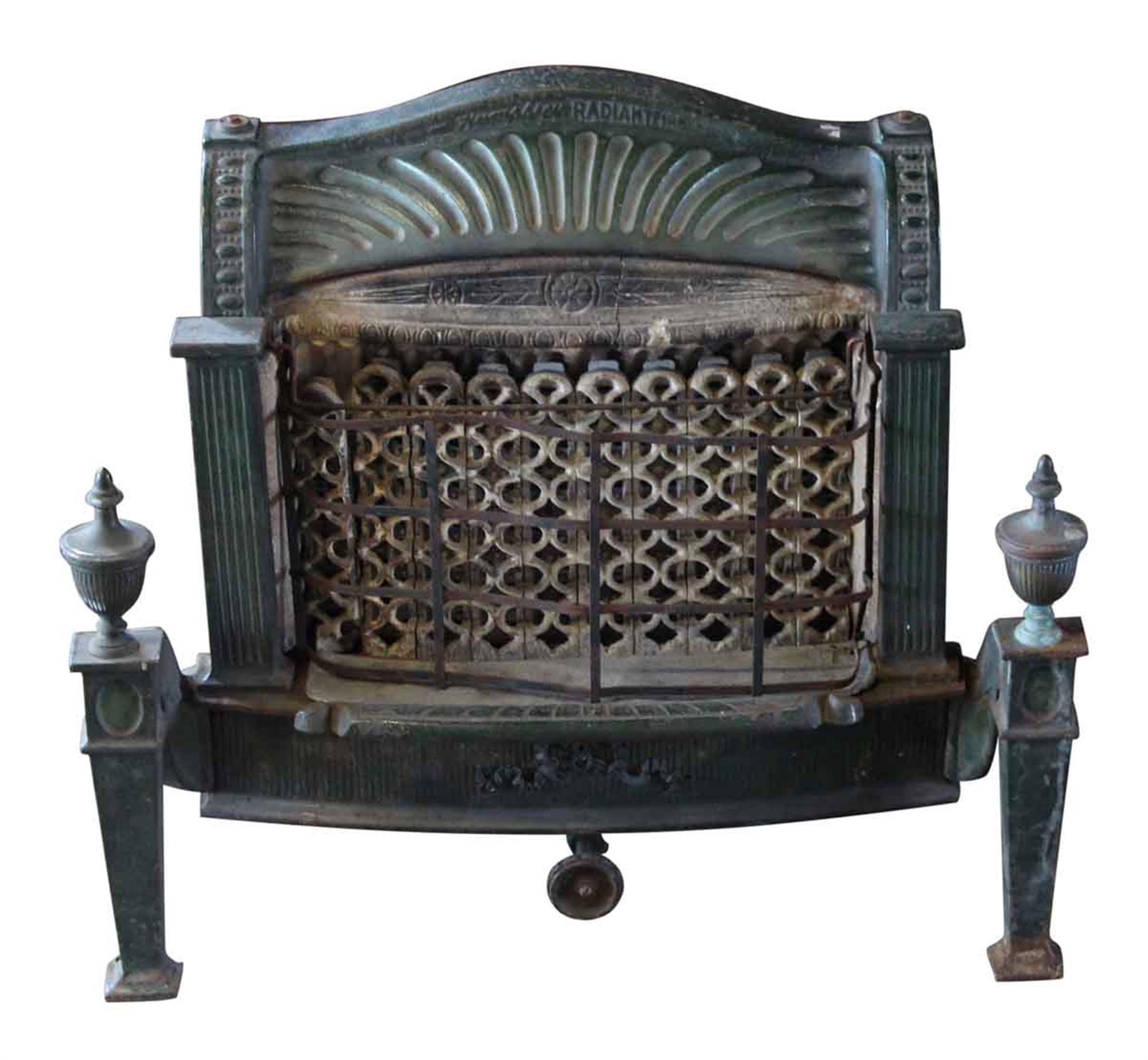
Types of Ceramic Fireplace Inserts
Wood-Burning Ceramic Inserts
Wood-burning ceramic inserts are designed to burn logs, providing a traditional fireplace experience with improved efficiency. These inserts often include features such as air-wash systems to keep the glass clean and secondary combustion systems to increase heat output. Wood-burning inserts are ideal for homeowners who enjoy the ambiance of a wood fire and have access to a steady supply of firewood.
Gas Ceramic Inserts
Gas ceramic inserts are a popular choice for their convenience and ease of use. They can be fueled by natural gas or propane and are available in vented and vent-free models. Vented gas inserts require a chimney or flue to exhaust combustion gases, while vent-free models are designed to operate safely without a vent. Gas ceramic inserts offer the benefit of instant heat and can be controlled with a thermostat or remote control.
Electric Ceramic Inserts
Electric ceramic inserts are an excellent option for those who want the look and feel of a fireplace without the hassle of wood or gas. These inserts use electricity to generate heat and often include realistic flame effects created with LED lights. Electric ceramic inserts are easy to install and can be used in any room with an electrical outlet. They also offer the advantage of being able to operate the flame effect independently of the heat, allowing for year-round use.

Pellet Ceramic Inserts
Pellet ceramic inserts burn compressed wood or biomass pellets, providing a highly efficient and environmentally friendly heating solution. These inserts are equipped with a hopper that automatically feeds pellets into the combustion chamber, reducing the need for frequent refueling. Pellet ceramic inserts are known for their high heat output and low emissions, making them an excellent choice for eco-conscious homeowners.
Bioethanol Ceramic Inserts
Bioethanol ceramic inserts use bioethanol, a renewable liquid fuel, to produce heat and flames. These inserts do not require a chimney or flue, making them easy to install in any location. Bioethanol ceramic inserts are known for their clean-burning properties, as they produce minimal emissions and do not generate soot or ash. They are ideal for modern homes where an eco-friendly and stylish heating solution is desired.
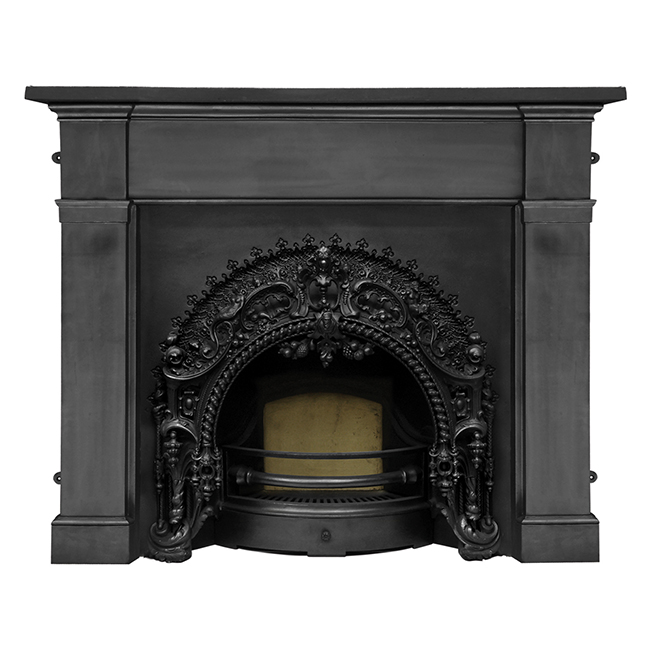
Interesting Articles You May Want to Check:
- Gas Fireplace Insert Service
- Gas Fireplace Inserts Reviews Consumer Reports
- Fireplace Insert for RV
- Fireplace Insert Cover
- Fireplace Insert Problems

Installation Process
Assessing the Fireplace and Selecting the Insert
The first step in installing a ceramic fireplace insert is to assess the existing fireplace and determine the appropriate size and type of insert. Measure the dimensions of the firebox and check for any structural issues that may need to be addressed. Choose an insert that fits the firebox dimensions and meets your heating requirements and aesthetic preferences.
Preparing the Fireplace
Before installing the insert, clean the firebox thoroughly to remove any soot, ash, or debris. If the fireplace has been used previously, inspect the chimney for any blockages or damage and perform necessary repairs. Ensure that the fireplace and chimney comply with local building codes and safety regulations.
Installing the Insert
Carefully position the ceramic insert into the firebox, ensuring a snug fit. For gas and pellet inserts, connect the necessary fuel lines and electrical wiring according to the manufacturer’s instructions. If installing a vented gas insert, attach the venting components to the chimney or flue. Use a sealant to secure the insert and prevent air leaks.

Testing and Safety Checks
Once the insert is installed, perform a series of safety checks to ensure proper operation. Test the insert to verify that it is functioning correctly and producing heat as expected. Check for any gas leaks, electrical issues, or ventilation problems. Ensure that all safety features, such as temperature controls and automatic shut-off systems, are working correctly.
Final Adjustments and Finishing Touches
Make any necessary adjustments to the insert to ensure optimal performance. This may include calibrating the thermostat, adjusting the airflow, or configuring the remote control settings. Add any finishing touches, such as decorative trim or a fireplace surround, to complete the installation and enhance the overall appearance.
Post-Installation Maintenance
After installation, establish a regular maintenance schedule to keep the ceramic insert in good working condition. This includes cleaning the glass, inspecting the fuel lines, and checking for any signs of wear or damage. Follow the manufacturer’s maintenance guidelines to ensure the longevity and efficiency of the insert.
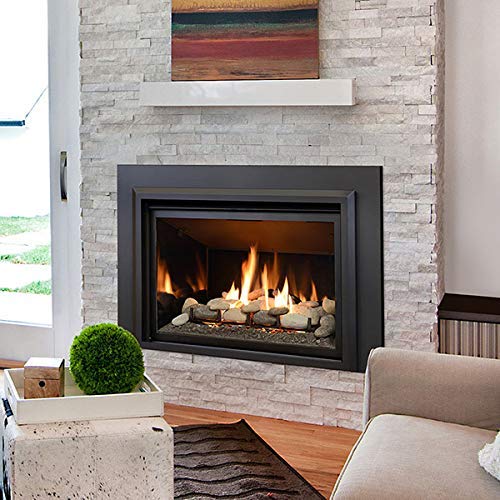
Maintenance and Care
Regular Cleaning
Regular cleaning is essential to maintain the appearance and functionality of a ceramic fireplace insert. Clean the glass door with a non-abrasive glass cleaner to remove soot and residue. Wipe down the ceramic surfaces with a damp cloth and mild detergent to prevent the buildup of dirt and grime. For wood-burning inserts, remove ashes and debris from the firebox after each use.
Inspecting for Damage
Periodically inspect the ceramic insert for any signs of damage, such as cracks, chips, or wear. Check the gaskets and seals around the door to ensure they are intact and functioning correctly. For gas and pellet inserts, inspect the fuel lines and connections for any leaks or damage. Address any issues promptly to prevent further damage and ensure safe operation.
Maintaining the Fuel System
For gas and pellet inserts, regular maintenance of the fuel system is crucial. Check the gas lines and connections for leaks, and ensure the pilot light and burners are clean and functioning correctly. For pellet inserts, clean the hopper and auger to prevent clogs and ensure a steady supply of pellets. Follow the manufacturer’s recommendations for servicing the fuel system components.

Ventilation and Chimney Maintenance
Proper ventilation is essential for the safe and efficient operation of a ceramic fireplace insert. Inspect the chimney or venting system regularly for blockages, creosote buildup, or damage. Schedule annual chimney inspections and cleanings by a professional to ensure the venting system is clear and functioning correctly. For vent-free inserts, ensure the room is adequately ventilated to prevent the buildup of combustion gases.
Replacing Worn Parts
Over time, certain parts of the ceramic insert may wear out and need replacement. This includes gaskets, seals, and components of the fuel system. Keep a record of the manufacturer’s recommended replacement schedule and perform necessary replacements to maintain the insert’s performance and safety. Use only manufacturer-approved parts to ensure compatibility and reliability.
Professional Servicing
In addition to regular maintenance, schedule professional servicing for your ceramic fireplace insert. A professional technician can perform a thorough inspection, identify potential issues, and provide necessary repairs or adjustments. Professional servicing helps extend the lifespan of the insert and ensures it operates safely and efficiently.

Common Mistakes to Avoid
Incorrect Measurements
One of the most common mistakes when installing a ceramic fireplace insert is taking incorrect measurements of the existing fireplace. An ill-fitting insert can lead to poor performance and safety issues. Always double-check your measurements and consult with a professional if you are unsure.
Choosing the Wrong Type of Insert
Selecting an insert that is not compatible with your fireplace or heating needs can result in inefficiency and frustration. Consider factors such as fuel type, heat output, and design preferences when choosing an insert. Consult with a professional to ensure you select the right type of insert for your home.
Improper Installation
Improper installation can compromise the safety and functionality of a ceramic fireplace insert. If you are not confident in your DIY skills, hire a professional to install the insert. Ensure that all connections, venting, and safety features are correctly installed and functioning properly.
Neglecting Regular Maintenance
Failing to perform regular maintenance can lead to decreased efficiency, safety issues, and costly repairs. Establish a maintenance schedule and follow the manufacturer’s guidelines to keep the insert in good working condition. Regular cleaning, inspections, and professional servicing are essential for optimal performance.
Ignoring Safety Features
Ignoring or disabling safety features can pose serious risks. Ensure that all safety features, such as temperature controls and automatic shut-off systems, are operational and not tampered with. Regularly test these features to ensure they are functioning correctly.
Overlooking Ventilation Requirements
Proper ventilation is crucial for the safe operation of a ceramic fireplace insert. Ensure that the chimney or venting system is clear and functioning correctly. For vent-free inserts, make sure the room has adequate ventilation to prevent the buildup of combustion gases. Neglecting ventilation requirements can lead to dangerous situations.

What are the advantages of ceramic fireplace inserts over traditional fireplaces?
Ceramic fireplace inserts offer several advantages over traditional fireplaces, including improved efficiency, enhanced safety, and aesthetic appeal. Traditional fireplaces can lose a significant amount of heat through the chimney, while ceramic inserts are designed to maximize heat output and minimize heat loss. Ceramic inserts also contain sparks and embers, reducing the risk of fire hazards. Additionally, they come in various designs and finishes, allowing homeowners to choose a unit that complements their interior decor.
Can I install a ceramic fireplace insert myself, or do I need a professional?
While some homeowners may have the skills and tools necessary for a DIY installation, it is generally recommended to hire a professional to install a ceramic fireplace insert. Proper installation is crucial for the safe and efficient operation of the insert. A professional can ensure that all connections, venting, and safety features are correctly installed and functioning properly. Professional installation also helps avoid common mistakes that can lead to performance issues and safety hazards.
How do I choose the right ceramic fireplace insert for my home?
Choosing the right ceramic fireplace insert involves considering several factors, including the type of fuel you prefer (wood, gas, electric, pellet, or bioethanol), the size of the firebox, and your heating needs. Measure the dimensions of your existing fireplace to ensure a proper fit. Consider the heat output and efficiency of the insert, as well as the design and finish that will complement your interior decor. Consult with a professional to ensure you select the right type of insert for your home.
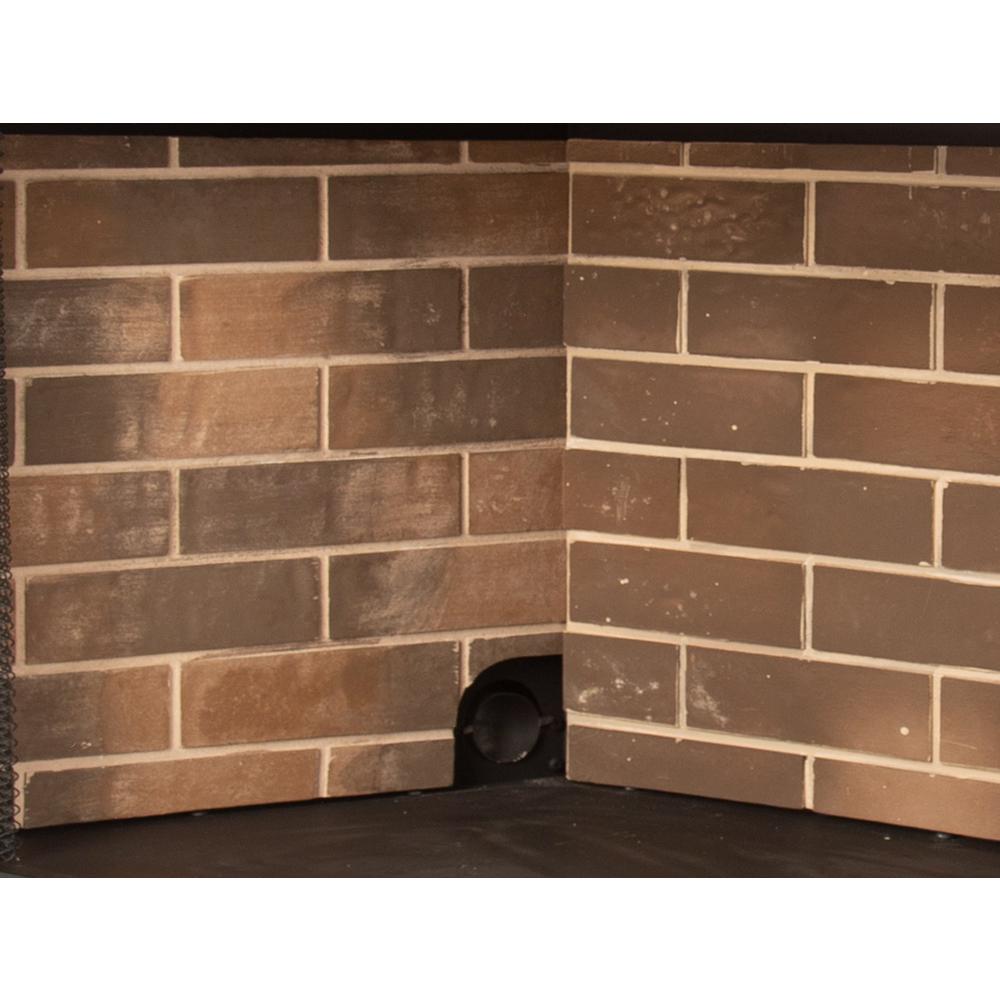
What maintenance is required for a ceramic fireplace insert?
Regular maintenance is essential for the longevity and performance of a ceramic fireplace insert. This includes cleaning the glass door, wiping down the ceramic surfaces, and removing ashes and debris from the firebox. Periodically inspect the insert for any signs of damage, such as cracks or wear. For gas and pellet inserts, check the fuel lines and connections for leaks and ensure the burners and hopper are clean and functioning correctly. Schedule professional servicing annually to perform a thorough inspection and necessary repairs.
Are ceramic fireplace inserts environmentally friendly?
Ceramic fireplace inserts are generally more environmentally friendly than traditional open fireplaces due to their improved efficiency and lower emissions. They are designed to burn fuel more efficiently, resulting in lower emissions of pollutants and greenhouse gases. Some ceramic inserts are compatible with renewable fuel sources such as pellets or bioethanol, further reducing their environmental impact. Choosing a high-efficiency ceramic insert and following proper maintenance practices can help minimize your environmental footprint.
What safety features should I look for in a ceramic fireplace insert?
When selecting a ceramic fireplace insert, look for safety features such as tempered glass doors, heat-resistant materials, and automatic shut-off systems. Ensure that the insert meets relevant safety standards and certifications. Proper ventilation is also crucial for safe operation, so choose an insert with a suitable venting system or ensure adequate room ventilation for vent-free models. Regularly test and maintain safety features to ensure they are functioning correctly and consult with a professional for installation and servicing.
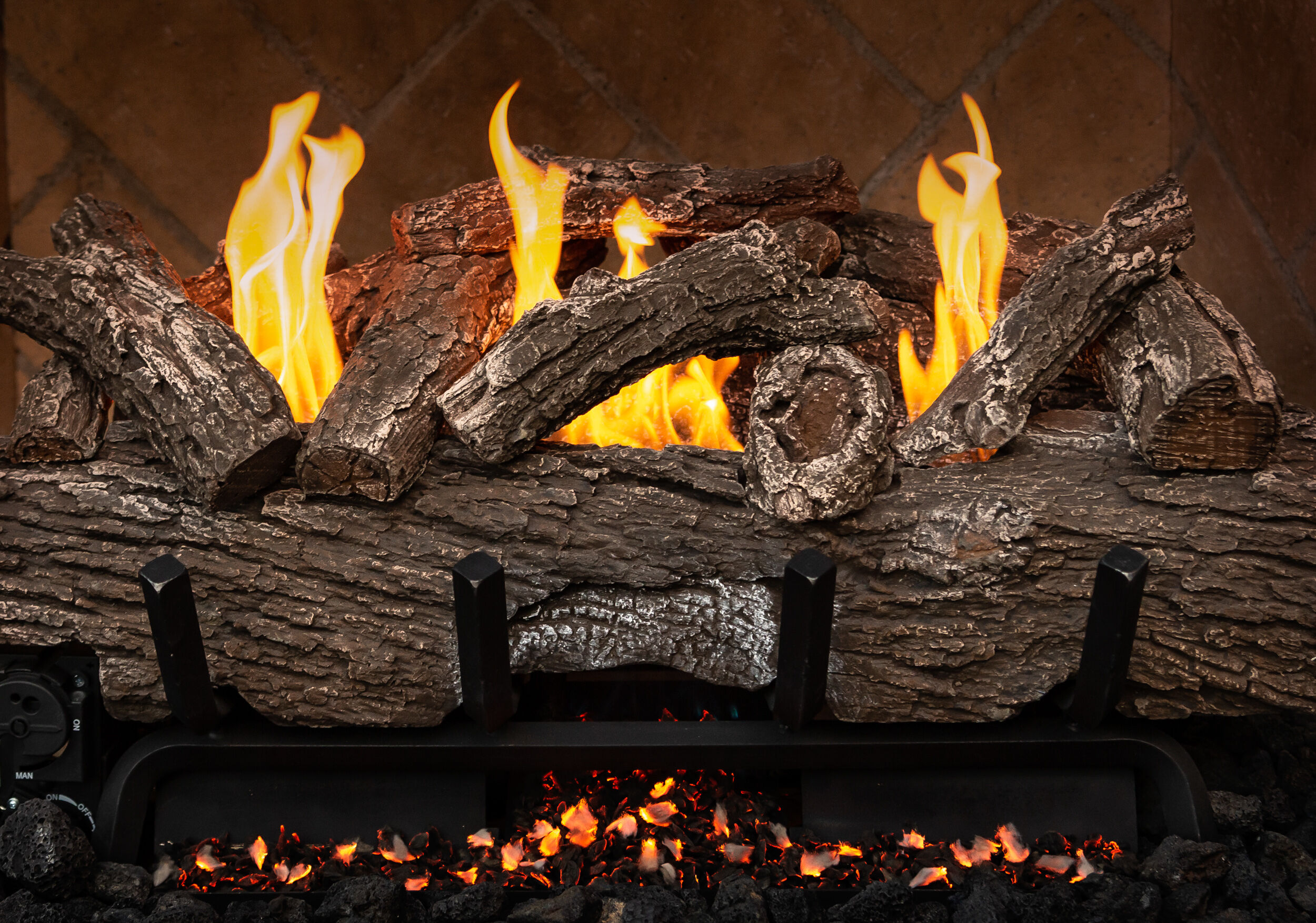
Forget the roaring flames of a traditional fireplace; the future of cozy nights is sleek, efficient, and surprisingly versatile. Ceramic fireplace inserts are revolutionizing home heating, offering a modern twist on classic comfort. These innovative devices bring the warmth and ambiance of a fireplace directly into your living space while boasting eco-friendly features and cutting-edge technology that rivals even the most sophisticated heating systems. Whether you’re seeking to upgrade your existing fireplace or simply add a touch of contemporary elegance to your home, ceramic fireplace inserts are a compelling and stylish solution that will leave you feeling warm and inspired.
Related Posts:
- Lopi Wood Burning Fireplace Inserts Reviews
- Wood Burning Fireplace Inserts with Ash Pan
- Faux Fireplace Insert
- Best Wood Burning Fireplace Inserts Reviews
- Entertainment Center with Fireplace Insert
- See Through Fireplace Inserts Wood Burning
- Fireplace Insert Levers
- Faux Fireplace Insert Ideas
- Fireplace Inserts Long Island
- Harman Fireplace Inserts: A Blend Of Efficiency And Elegance